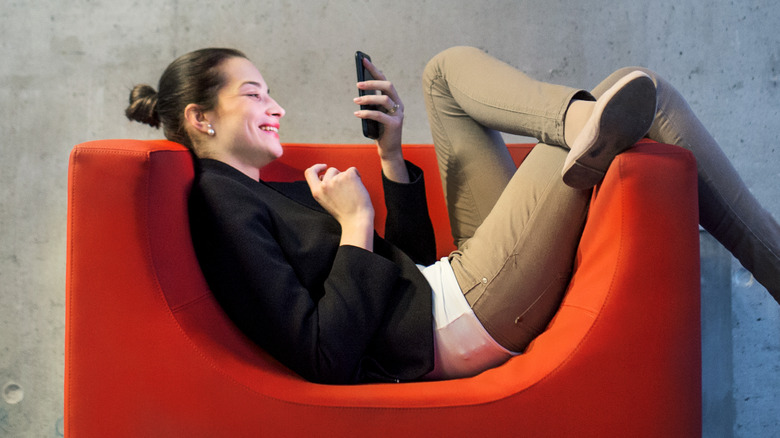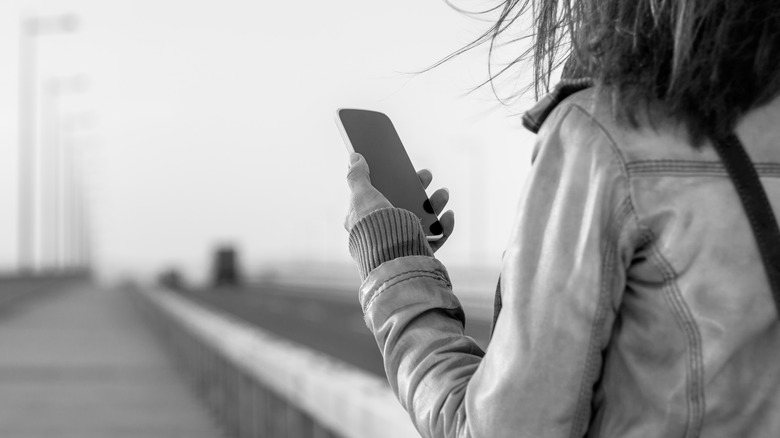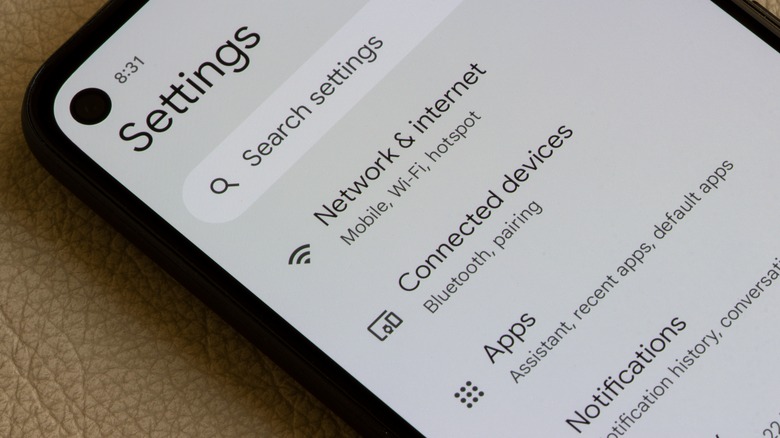Changing Your Phone To Black-And-White Is The Easiest Way To Stop Doom-Scrolling
In the United States, the average amount of time spent on a phone — not counting talking on the phone — has steadily increased over time. As of April 2022, each of us spent a total of 4 hours and 30 minutes using our phones in some way, estimates Federica Laricchia, a junior researcher in Technology and Telecommunications at the market data firm Statista. Laricchia expects this number to grow as time goes on. This is a phenomenal trend given that the first smartphones only came into use in the early 1990s.
Essentially, we cede one-quarter of our waking life to our phones.
Many people may suspect that over-reliance on a rectangular piece of technology carried everywhere is probably bad for your health. Psychologist Yehuda Wacks of Ariel University supports that view. His review of existing evidence published in Frontiers in Psychiatry reveals that excessive smartphone use can be associated with impaired psychological well-being among young adults and teens. "In addition, excessive smartphone use is related to loneliness, stress, and other negative emotions," stated Wacks and his co-author, Aviv M. Weinstein.
Turning down the color noise
You don't want to stare at your phone all day but it's also not possible to turn it off completely. So how do you climb out of the rabbit hole? Take a tip from Tristan Harris, co-founder of the Center for Humane Technology, a nonprofit aiming to align technology with humanity's best interests. Since humans are naturally drawn to vibrant, saturated colors, Harris and his colleagues recommend adjusting various phone settings, including changing the color scale to gray as the simplest fix for improving your relationship with a favorite piece of tech. These various recommendations are listed as part of the Take Control resource on his organization's website.
Harris is not alone in endorsing the use of grayscale on your cellphone. Dr. Alex Holte, assistant professor of psychology at the University of Cincinnati, proved in a paper published in The Social Science Journal that grayscale helped study participants reduce their smartphone use by an average of 39 minutes per day. In follow-up research published in Current Psychology, he and his colleagues found that many of the 133 participants who changed their displays to grayscale saw a decrease not only in their screen time but also in their anxiety levels (though this dip in apprehension may not reach a level considered clinically significant).
How to gray your phone
It's not difficult to make your phone a lot less appealing really fast.
If you have an iPhone, these steps will turn on the grayscale feature of your screen. First, open "Settings," and then open "General." Choose "Accessibility" first, and next choose "Display Accommodations." After you select "Color Filters," toggle on that option. Finally, select "Grayscale." If you prefer to toggle back and forth between grayscale and color, you can go to the same "Accessibility" menu as above, choose "Accessibility Shortcut," and then select "Color Filters." If you're a Samsung user, then you'll need to activate "Sleep" mode to bring down the color noise. Open "Settings" and then open "Modes & Routines." Select "Sleep," and then toggle on "Turn on automatically." Finally, set your schedule. If neither of these is your brand, find directions online by searching "grayscale" plus the name of your phone.
As soon as you mute the reds, yellows, and blues, you'll quickly understand just how many popular apps rely on bright colors to attract and entice you. As the rectangular world fades into a dismal gray, the real world's vivid colors will begin to sizzle all around you. Welcome back to humanity!


